Fleas are blood-sucking insects that belong to the Siphonaptera order. There are some 2,000 known species of fleas, varying in length from one to eight millimeters. The flea’s body is covered by a casing so strong it can often survive being crushed by human fingers. Like all insects, the flea has six legs. The two hind legs are particularly strong, permitting the flea to leap distances up 200 times its length. Its mouth looks like a thin tube. The flea uses its mouth to suck blood, the nutrient it requires to survive. The flea lives on the skin or the feathers of warm-blooded creatures, including birds, mammals, and humans. Each species lives on a different host creature. For example, there’s a dog flea, a cat flea, and a human flea.
Fleas live in vast colonies, all feeding on the blood of their animal host. Mating occurs in summer. Each female lays dozens of eggs a day. The eggs tumble from the animal host and are scattered on the ground. After a few days, a larva emerges. In about a week, the larva builds a silken cocoon and falls into a state of hibernation that can last for months. When the larva leaves its cocoon, it has become an adult flea. It then seeks a host. If it fails to find one within two weeks, it dies. Flea bites irritate the skin and can in some cases cause allergic reactions. On rare occasions, fleas can spread serious disease. The rat flea ,for example, has been known to carry the bubonic plague. Street markets were once infested with fleas as a result of general poor hygiene. In some countries, this led people to call places where relatively cheap and inexpensive goods are sold “flea markets.”
Fleas live in vast colonies, all feeding on the blood of their animal host. Mating occurs in summer. Each female lays dozens of eggs a day. The eggs tumble from the animal host and are scattered on the ground. After a few days, a larva emerges. In about a week, the larva builds a silken cocoon and falls into a state of hibernation that can last for months. When the larva leaves its cocoon, it has become an adult flea. It then seeks a host. If it fails to find one within two weeks, it dies. Flea bites irritate the skin and can in some cases cause allergic reactions. On rare occasions, fleas can spread serious disease. The rat flea ,for example, has been known to carry the bubonic plague. Street markets were once infested with fleas as a result of general poor hygiene. In some countries, this led people to call places where relatively cheap and inexpensive goods are sold “flea markets.”
RELATED


BLACK WIDOW SPIDER
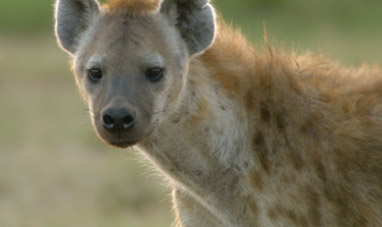

HYENA


OIL
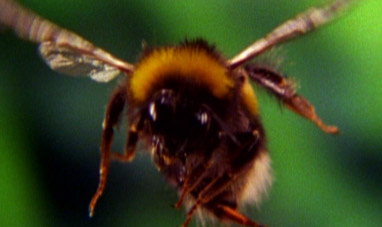

BEE


LOTUS PLANT
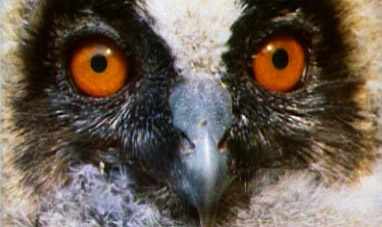

OWL
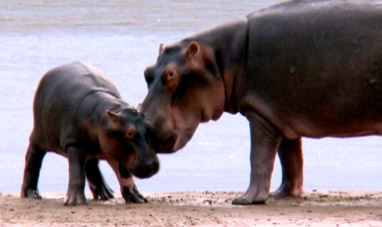

HIPPOPOTAMUS


EOLIC


BIG DATA


AIDS


FACEBOOK
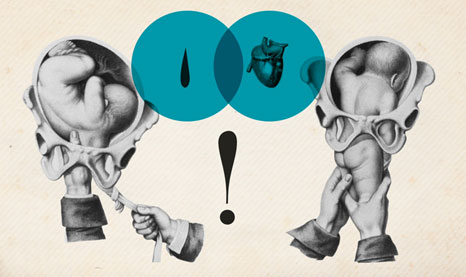

CHILDBIRTH


NATURAL GAS (METHANE)


FALCON


LUNAR ECLIPSES


THE NERVOUS SYSTEM


HORSE


PENGUIN


GOOGLE


H2O


ELECTRIC CAR


RIVERS
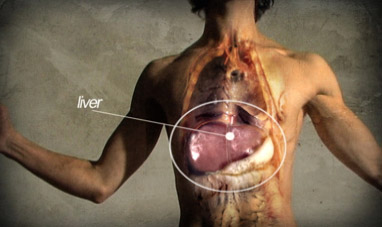

THE LIVER


SOLAR THERMAL ENERGY


EBAY


BEAR
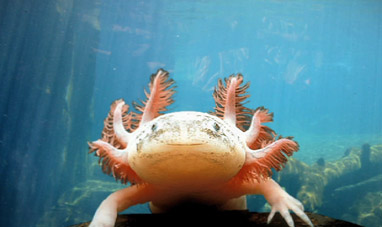

AXOLOTL


CITRUS FRUIT


THE BRAIN
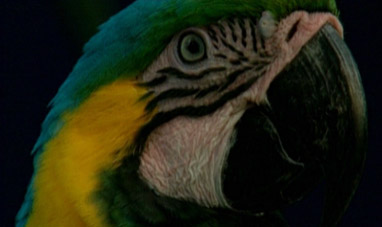

PARROTT


WHEAT


FLAMINGO


MERCURY


THE FEMALE REPRODUCTIVE SYSTEM
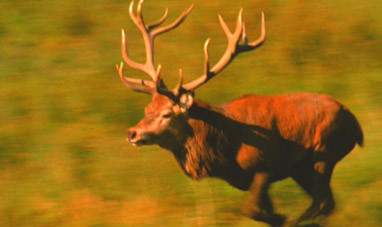

DEER


TARANTULA
